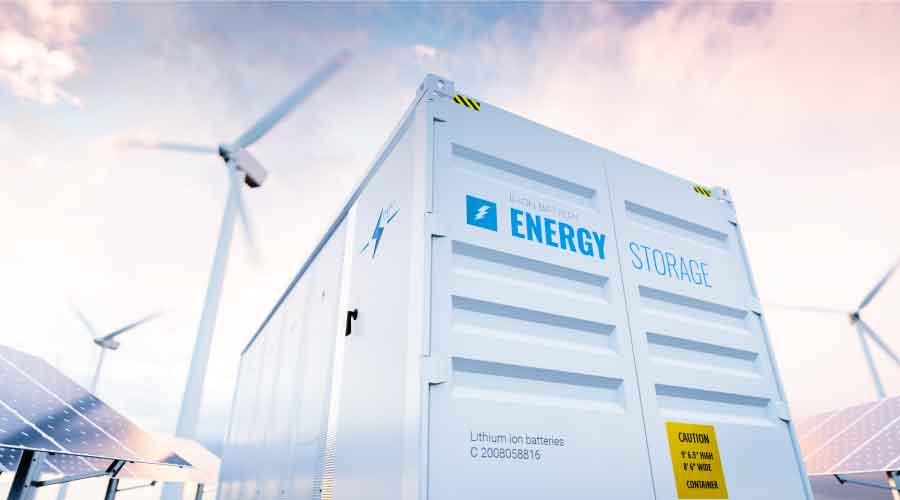
Biden Administration Announces Federal Building Performance Standard
The standard will help federal facilities meet several concurrent sustainability and emissions reduction goals. December 29, 2022
By Greg Zimmerman, senior contributing editor
Buildings owned and managed by the federal government are collectively the single largest user of electricity and emitter of greenhouse gases in the U.S. To help do its part to save energy and reduce emissions, in early December, the Biden Administration announced the first ever Building Performance Standard (BPS) for federal buildings.
The Federal Building Performance Standard is the latest step the government is taking towards its stated goal of net-zero emissions by 2045. The BPS also supports several other federal goals and executive orders, including having federal facilities employ deep energy retrofits. “The goal of the Federal BPS is to eliminate scope 1 emissions from standard building operations,” according to the Council on Environmental Quality’s document announcing the standard.
The Federal Building Performance Standard requires that at least 30 percent of an agency’s applicable facilities, measured by gross square footage (GSF), achieve zero scope 1 emissions from on-site fossil fuel use through building electrification by 2030.
A Building Performance Standard (BPS) is an outcome-based policy and law aimed at reducing the carbon impact of the built environment by requiring existing buildings to meet energy- or GHG emissions-based performance targets. Several cities and states all over the country have implemented BPS, as well.
Greg Zimmerman is senior contributing editor for FacilitiesNet.com and Building Operating Management magazine.
Next
Read next on FacilitiesNet












